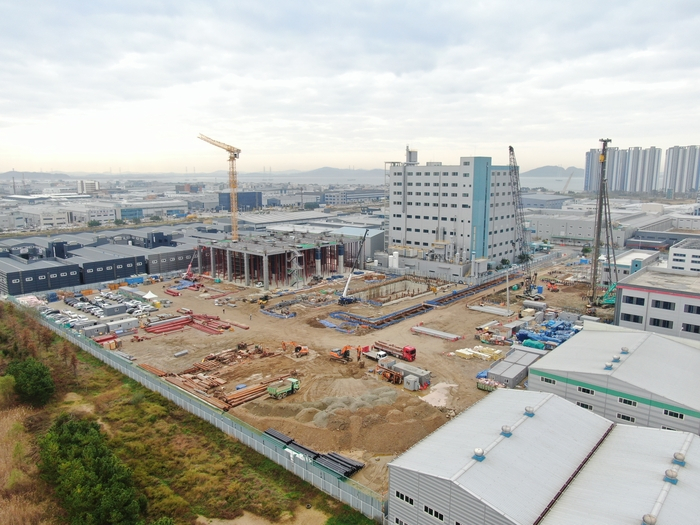The global market of silicon anode, a lithium-ion battery component garnering attention due to its higher energy capacity and faster charging than graphite-based anodes, will expand tenfold by 2035, according to a report from SNE Research, a Seoul-based clean energy and battery market research firm.
The silicon anode share in the entire anode market is forecast to grow from 1% in 2023 to 7% by 2030 and 10% by 2035, wrote the report on Friday.
The global silicon anode market is predicted to expand from $600 million in 2023 to $4.3 billion by 2025 and $6.6 billion by 2035, according to the report.
Although there was a strong demand for graphite anodes last year due to low prices, competition in the silicon anode market will begin in earnest this year as more electric vehicle and EV battery makers seek enhanced energy capacity and shorter charging times, the report added.
Silicon anodes can increase a battery’s energy density by four to 10 times, compared with graphite anodes.
South Korean battery materials makers such as LG Chem Ltd., POSCO Chemical Co. and SKC Co., as well as smaller producers including Daejoo Electronic Materials Co., Hansol Chemical Co., Dongjin Semichem Co., LPN Co. and MKElectron have
accelerated research and development of silicon anodes.
Daejoo, the only Korean company to have succeeded in commercialization of the battery component, is providing silicon anodes to LG Energy Solution Ltd., the world’s third-largest EV battery maker, and will supply them to SK On Co., the world’s fifth-largest battery producer, this year.
Anode prices are coming down across the board: natural graphite anodes cost $5.8 per kilogram last year, a 9.4% drop from 2020; synthetic graphite anodes price fell 40% to $8; and silicon-based ones declined around 20% to $50-$60 during the same period.
The silicon anode price per kilogram is forecast to fall to around $27 by 2030 due to rising demand and improved productivity, the report said.
Write to Sang Hoon Sung at
uphoon@hankyung.com
Jihyun Kim edited this article.



